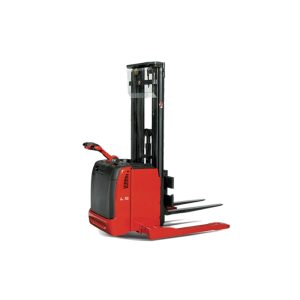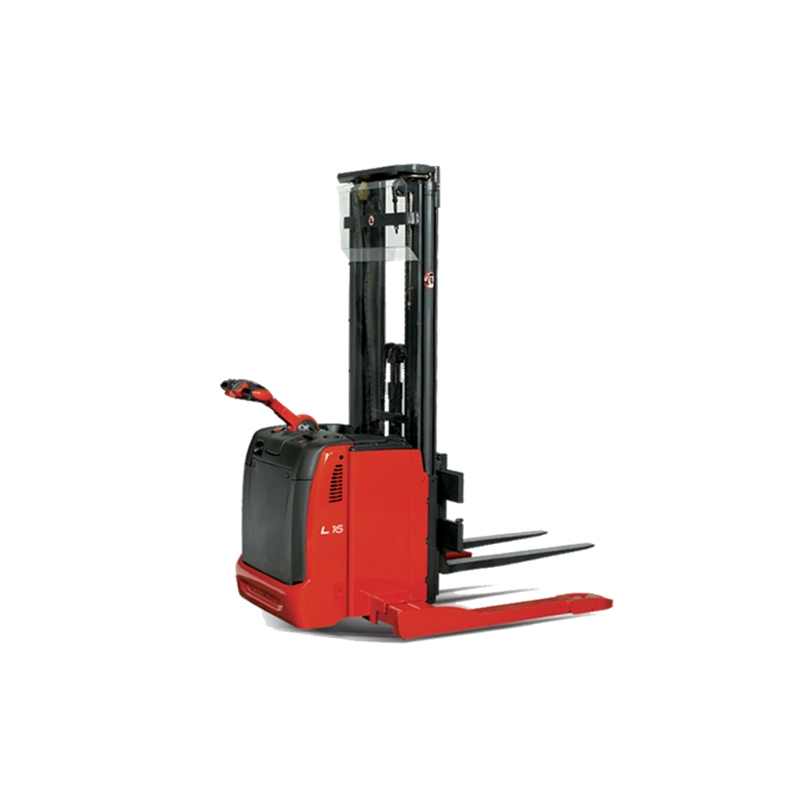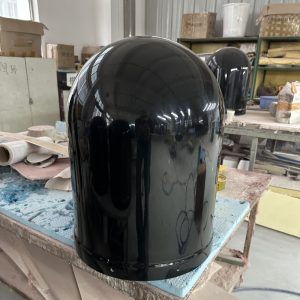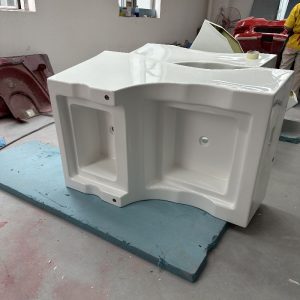Description
FRP (fiber reinforced plastic) is widely used in the manufacture of the shell of logistics handling equipment due to its advantages such as light weight, corrosion resistance and easy molding. This solution focuses on the FRP structure design of the stacker shell, analyzes its material characteristics, manufacturing process and performance advantages to meet the needs of different working conditions.

Advantages of FRP shell
1 Lightweight design
FRP has low density (1.5-2.0 g/cm³), which is 60%-70% lighter than steel. It can reduce the weight of the whole vehicle, improve the maneuverability and energy efficiency of the stacker (the endurance of electric models is improved).
2 Excellent corrosion resistance
It is rust-proof, acid-resistant, alkali-resistant, and salt-spray-resistant. It is suitable for humid or corrosive environments such as food processing, chemical industry, and cold storage, reducing maintenance costs.
3 High strength and impact resistance
The mechanical strength is improved by fiber reinforcement (glass fiber, carbon fiber, etc.), and the reasonable design of the structure can achieve a load-bearing capacity close to that of metal.
4 Flexible design and integrated molding
Complex curved surface structures can be manufactured by molding, hand lay-up or RTM (resin transfer molding) processes, reducing welding and splicing and improving overall stiffness.
5 Insulation and anti-static optional
FRP itself is insulated and suitable for electrically sensitive environments; anti-static function can be achieved by adding conductive materials (such as carbon fiber).
Structural design of FRP shell
1 Shell composition
The FRP shell of the stacker usually includes the following components:
Top cover: protect the operator, optional transparent window (such as polycarbonate panel).
Side panel: covers both sides of the vehicle body, and needs to be designed with ventilation holes or inspection ports.
Front cover: protects the drive system, and can integrate anti-collision buffer structure.
Rear cover: covers the battery or hydraulic unit, and needs to be easy to disassemble and maintain.
2 Strengthening structure design
Strengthening rib layout: add reinforcement ribs to the stress-bearing parts (such as installation points and connections) to improve bending and impact resistance.
Sandwich structure: adopt “sandwich” structure (FRP + honeycomb core material/foam) to improve stiffness and shock absorption performance.
Metal inserts: embed metal parts in high-load areas (such as hinges and bolt connections) to enhance local strength.
3 Surface treatment
Anti-slip texture: the surface of the operating platform can be molded with anti-slip patterns.
Anti-UV coating: outdoor use requires an additional UV protection layer to prevent aging.
Fireproofing: Add flame retardants (such as aluminum hydroxide) to comply with relevant safety standards.
Manufacturing process
1 Main molding method
Process Applicable scenarios Advantages Disadvantages
Hand lay-up molding Small batch, complex shape Low cost, strong flexibility Low efficiency, quality depends on workers’ skills
Compression molding Medium and large batch production Stable size, smooth surface High mold cost
RTM High strength, precision parts High fiber content, excellent performance Large equipment investment
SMC (sheet molding compound) Automotive grade shell High strength, good weather resistance Requires a special press
2 Production process
Mold making: CNC machining or 3D printing master mold, remake FRP mold.
Layering and resin infusion: Lay glass fiber cloth and impregnate with epoxy/unsaturated polyester resin.
Curing: Room temperature or heating curing to ensure structural stability.
Demolding and trimming: Remove burrs, drill holes, and install metal inserts.
Surface treatment: Spraying, grinding or laminating to improve appearance and durability.
Performance tests and standards
Mechanical strength test: tensile, bending, impact test (reference ISO 14125, ASTM D790).
Corrosion test: salt spray test (GB/T 10125), acid and alkali immersion test.
Environmental adaptability: high and low temperature cycle (-30°C~80°C), UV aging test.
Fire resistance: UL94, GB/T 2408 flame retardant grade certification.
Application cases
Food cold chain logistics: low temperature resistance, corrosion resistance, suitable for cold storage environment.
Chemical warehousing: acid and alkali resistance, avoid metal rust.
E-commerce warehousing: lightweight design, improve the endurance of electric stacker.
The FRP stacker shell is suitable for a variety of industrial scenarios due to its advantages such as light weight, corrosion resistance and easy molding. Through reasonable structural design and manufacturing process optimization, it can meet the use requirements of high strength and long life, and is an ideal alternative to traditional metal shells.
Contact Us
E-mail:[email protected]
If you are interested in any of Fiberglass products, please contact me by email and we will be happy to quote our lowest price as soon as we receive your detailed request.




